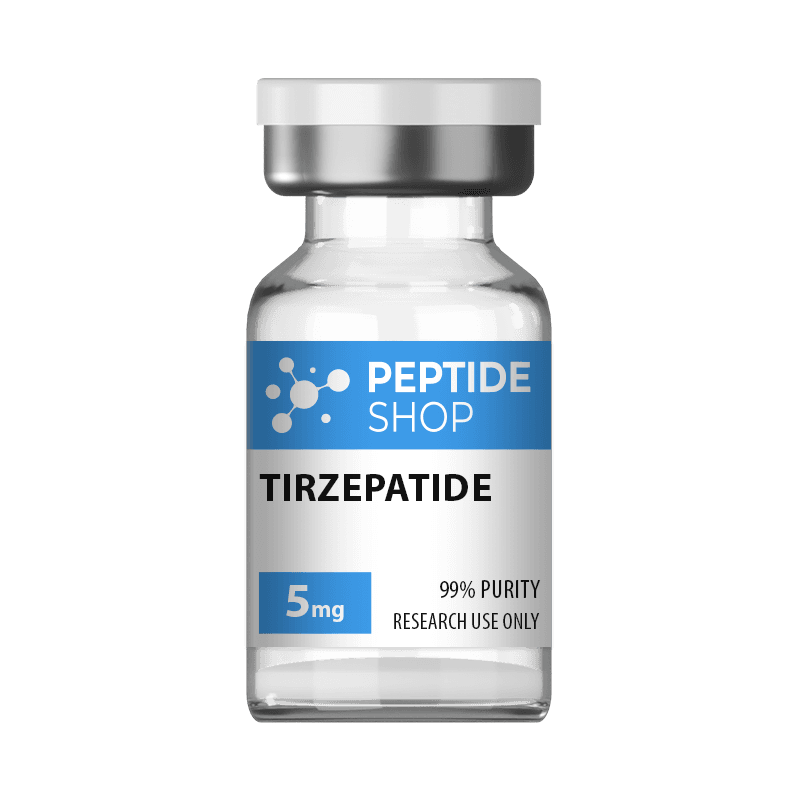First time order discount 15% (for registered customers)

$120 USD - $395 USD
Buy 5+ of each and save 5%
Buy 10+ of each and save 8%
Product is sold in powder form, needs reconstitution before use. Please read more on our FAQ page.
SELECT WEIGHT:
5mg
10mg
20mg
SHARE:
DISCLAIMER:
Products sold on our website are designed for in vitro testing and lab experimentation exclusively.
All the products you see on the website are being sold in a lyophilized powder state (freeze-dried), in a sealed sterile vial; and should be reconstituted.
The product’s label clearly states the amount of product a vial contains; some products are offered in different variations.
The products we are selling come in a sealed vial but require additional lab equipment for proper testing.
Load more
AVAILABILITY:
Ships today if you order and pay by 12 PM CST
Some product may take up to 72 hours to ship
Backordered items will ship in 3-5 days
Free US shipping for orders over $250 USD
Free Worldwide shipping for orders over $500 USD
Related Products
Be the first to know
Peptide Shop is a premier supplier of premium-grade research peptides.
Working hours
Monday – Friday
9 am – 9 pm (CST)
Saturday – Sunday
Closed
Navigation
Useful links
Login
Register
About Us
Privacy Policy
Refund and Return Policy
Terms of Service
Shipping
Order Tracking
Discounts
Working hours
Monday – Friday
9 am – 9 pm (CST)
Saturday – Sunday
Closed
Dedicated service
Working hours
Monday – Friday
9 am – 9 pm (CST)
Saturday – Sunday
Closed
Dedicated service
The statements made within this website have not been evaluated by the US Food and Drug Administration. The statements and the products of this company are not intended to diagnose, treat, cure or prevent any disease.Peptide Shop is a chemical supplier. Peptide Shop is not a compounding pharmacy or chemical compounding facility as defined under 503A of the Federal Food, Drug, and Cosmetic Act. Peptide Shop is not an outsourcing facility as defined under 503D of the Federal Food, Drug, and Cosmetic act. All products are sold for research, laboratory, or analytical purposes only, and are not for human consumption.
© 2025 PEPTIDE SHOP – All Right reserved!